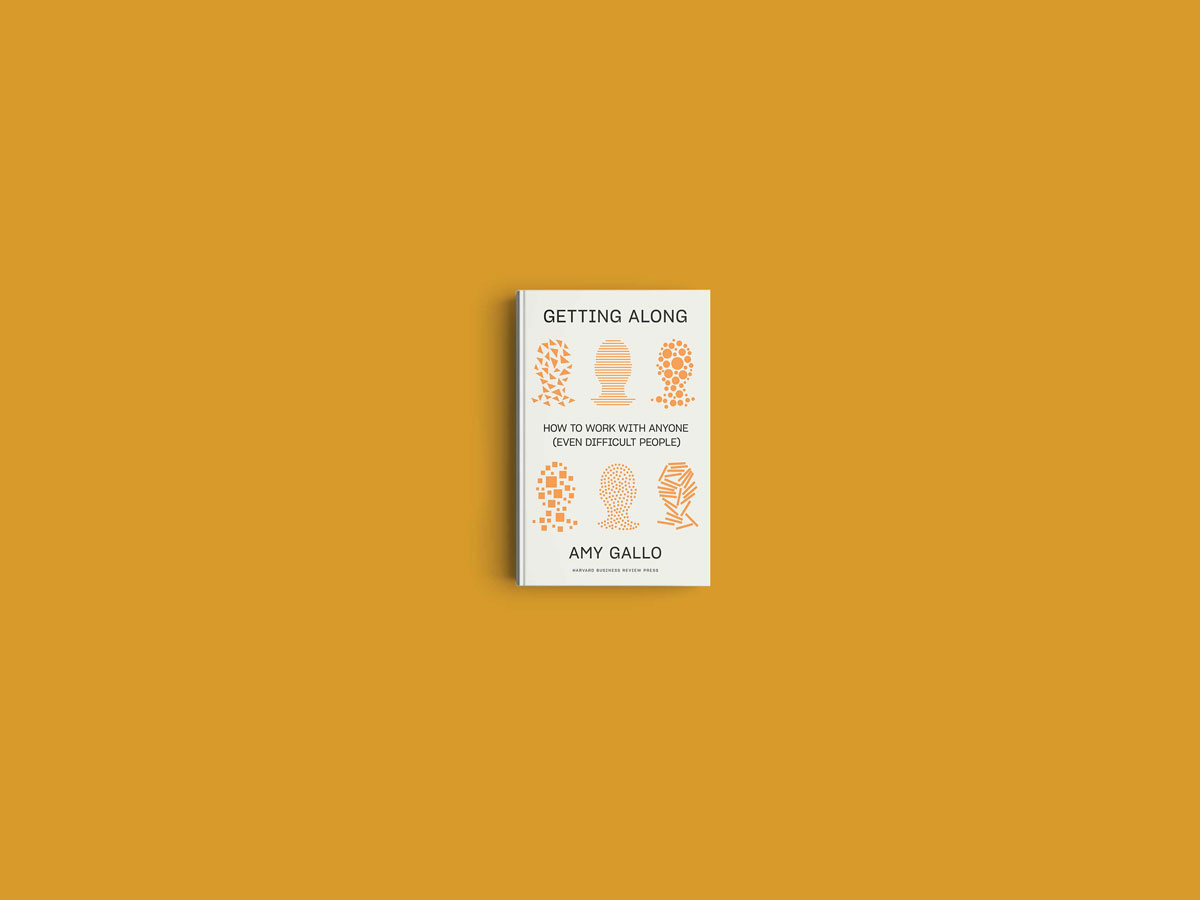
How to get along with anyone in the office
 Gallo’s book offers insights into insecure bosses, pessimists, victims, passive-aggressors, know-it-alls, tormentors, biased co-workers and political operators
Gallo’s book offers insights into insecure bosses, pessimists, victims, passive-aggressors, know-it-alls, tormentors, biased co-workers and political operators
It will surprise virtually no one to learn that Am I the Asshole?, one of the most popular subreddits of all time, originated in an office squabble about air conditioning settings. Certainly not Amy Gallo, a contributing editor at Harvard Business Review, who has a cascade of workplace horrors to share, including a boss who dispatched 50 emails before office hours and phoned at 9:15 p.m. asking why she hadn’t received answers to all of them. The stories are found in Gallo’s forthcoming book Getting Along: How to Work with Anyone (Even Difficult People), along with the depressing workplace statistics they spawn.
Studies reveal that the “number one source of tension at work was interpersonal relationships.” In one study, 94 per cent of respondents said they had worked with a toxic colleague within the past five years; in another, one in three had quit their jobs over it.
The damage is not limited to careers. In the single most arresting study Gallo cites, researchers made small incisions on the arms of 42 married couples and found that those in acrimonious relationships took twice as long to heal, which means that a daily toxic environment is a serious threat to physical and mental health.
While the bad experiences may be familiar, Gallo’s nuanced mixture of practical advice, personal confession and realistic appraisal is eye opening. It may also prove maddening for those who want to solve the problem by a fist to the tormentor’s face, whether metaphorical or literal. Gallo finds the latter a frequent response when she asks people to blue-sky emotionally satisfactory conclusions to their issues. She doesn’t (quite) admit to feeling the same way, although she does confess to a history of everything from passive-aggressive digs tossed at co-workers to smiling in one’s face while thinking, “I hate you; I wish you’d quit.” Nor is there any guarantee that the teeth-grinding empathy Gallo recommends—trying to figure out where the toxic colleague is coming from—will truly work. Not least because office culture, particularly in terms of politics, often rewards toxic behaviour.
Perfection is not the author’s aim. Doing better is and, to that end, she divides offenders into eight rough archetypes and goes step by step through best practices as gleaned through experience, neuroscience, psychology and interviews with experts. There are insecure bosses, pessimists, victims, passive-aggressors, know-it-alls, tormentors, biased co-workers and political operators.
Insecure bosses, obsessed with micromanaging and prone to disparaging their direct reports may have the same curse poised above them in the company hierarchy. Keep them constantly informed of everything and use only inclusive “we” language. That’s a good approach for all the archetypes, one that may incline them to see you as a potential ally rather than certain threat.
Realize that the eternal pessimists who bring down team enthusiasm and generally throttle innovation may have actual experience you should listen to, and, when heard, may dial back the doomsaying. Maybe victims who constantly point the finger at others for any and all failures have actually been ostracized, however subtly, by office sexism, racism, homophobia or ableism of others; check by closely observing the dynamics of meetings they attend. Try encouraging victims to help others, which research shows instills a sense of agency and dampens feelings of inferiority.; check by closely observing the dynamics of meetings they attend. Try encouraging victims to help others, which research shows instills a sense of agency and dampens feelings of inferiority.
As Gallo methodically works through the archetypes, with specific tailored steps for each, she repeats her universal theme. They aren’t completely evil and you are not a saint; there is more than one perspective in life and some can be hard to see. That shows up most intensely in the section on biased co-workers, whether employees are direct targets or uncomfortable bystanders. The contemporary workplace has changed rapidly in just a few years, Gallo notes. While lockdown-dictated remote work has alleviated some aspects of toxic environments—sufferers are not brushing up daily against tormentors—it has worsened others. For one, you can no longer keep an eye on the political operator’s side communications with bosses and peers. It’s probably not a coincidence that Reddit’s AITA, as it is more politely known, entered the COVID pandemic with 1.8million users and now has more than twice as many.
But the biggest recent change may lie in the drive of companies to become more inclusive. Gallo treads most lightly in her section on biased co-workers, acknowledging her past sins and ongoing privilege, while being cautious in her advice. Those targeted should weigh all the possible repercussions before acting, but those who see the bias in action don’t have a choice, she argues. They have to speak up, openly and immediately, or the benefits of diversity can never be achieved, nor the workplace be made welcoming for anyone.
If none of this works well enough to significantly reduce your stress level, at least you’ve honestly tried. And Gallo has you covered. Getting Along, solidly practical handbook that it is, concludes with a section on how and when to cut and run to another job.
KEEP READING
Learn about the book that will help us to decipher the massive amounts of data we get each day, the exploration of what working from home has really changed and a deep dive into what went wrong with WeWork.